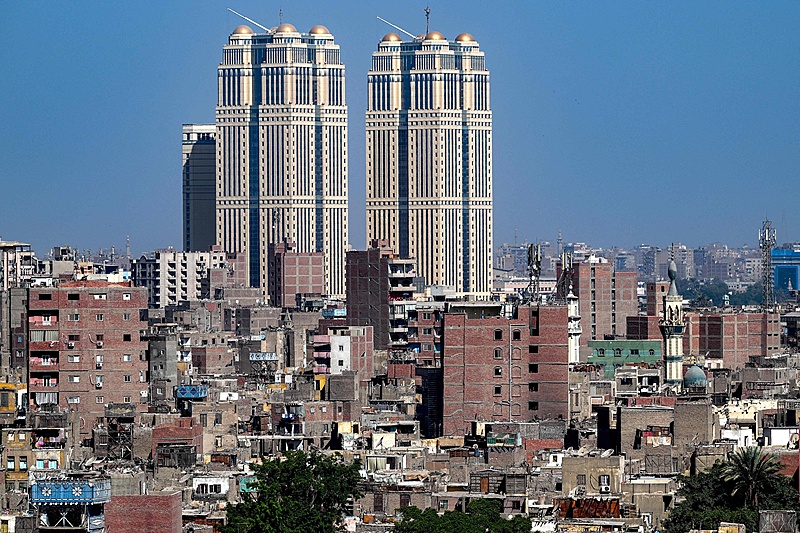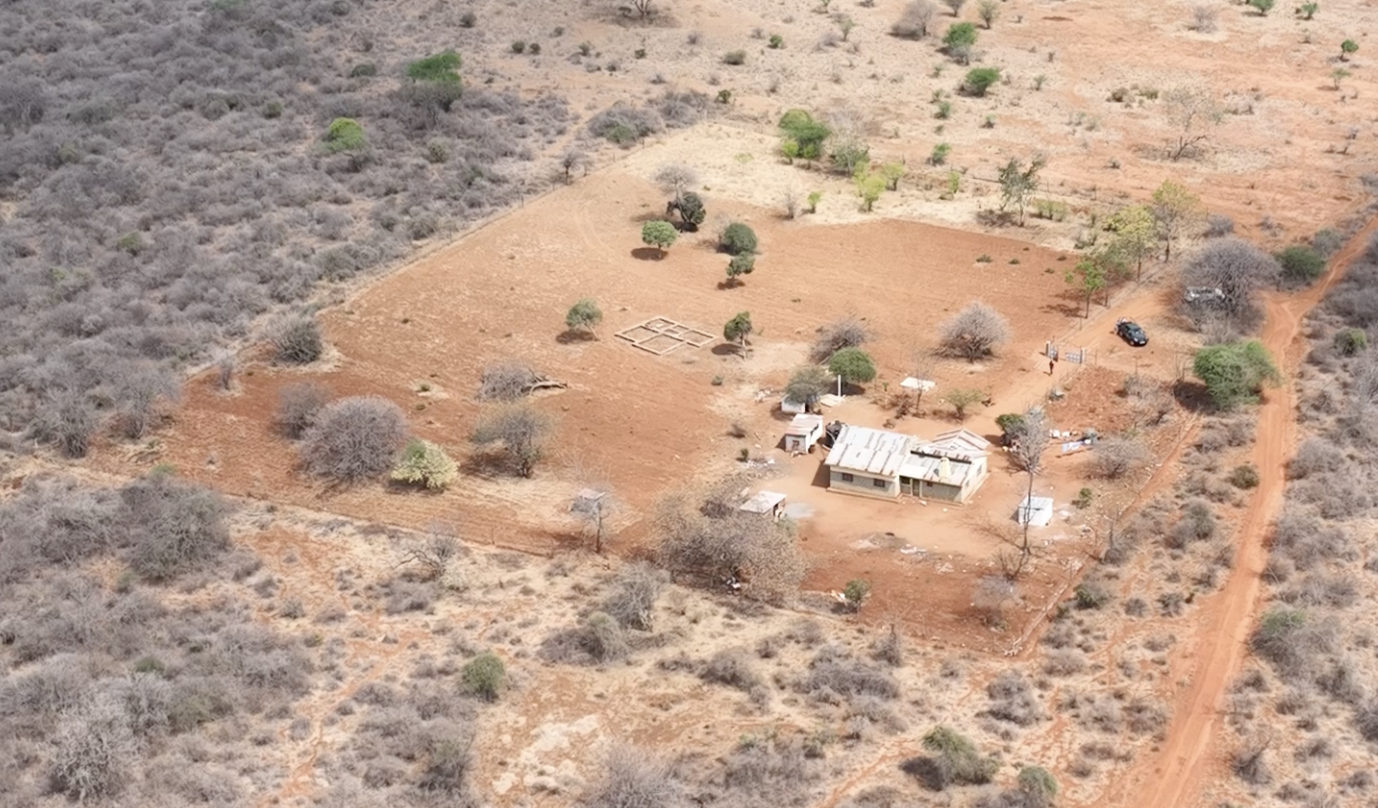
How Minecraft is helping UN-Habitat improve cities
Imagine if you could have a say in how your city is designed. Imagine if from the comfort of a computer you could play a video game and contribute significantly to how your city is set up, how public spaces are utilized and you could help reshape urban slums.
That’s exactly how UN-Habitat, in collaboration with Mojang, the makers of the computer game Minecraft, is using the game in the development and redesign of public spaces.
According to the United Nations, Minecraft is one of the world’s best-selling computer games having sold nearly 1000 million copies worldwide, although it was only launched in 2011.
UN-Habitat uses the game to engage communities all over the world to design as architects. The organization especially targets young people and women in slum areas. The project has so far reached more than 25 countries including Kenya, Peru, Haiti and Nepal.

While speaking at the ongoing UN-Habitat Assembly in Nairobi, Shipra Narang Suri, Coordinator of Urban Planning and Design Branch of UN-Habitat, said that more than 50% of the world’s population live in urban areas and are connected to the internet, therefore making the world digital and urban.
She said that cities have always been laboratories of technological innovation and have been transformed by innovation and therefore emphasized the need to use technology to create better cities which will improve the quality of life.
“This Assembly marks a new chapter in UN-Habitat’s history, a new way of looking at cities, a new approach to participation and partnership in designing buildings and managing cities, informal settlements, a whole new way of doing business, ” Shipra said.
UN-Habitat believes that ICT can be a catalyst to improve governance in towns and cities and help increase levels of participation, efficiency and accountability in public urban policies, provided that the tools are appropriately used, accessible, inclusive and affordable.

“Just like we all know what a public space looks like, we also have opinions when it does not look how we want it to, we want streets that are better lit, parks that are accessible and availability of more street furniture.”
With the innovation of using Minecraft to design spaces, Shipra says that the game will allow anyone to become an architect and contribute significantly to their community.
“The new Urban Agenda calls on all member states to adopt a smart cities approach and to apply citizen-centric digital governance to improve how cities are planned, managed and governed,” Shipra said.

With the UN-Habitat Assembly running from 27th to May 31st, participants have a chance to play the game and redesign United Nation’s compound alongside four
different eco-houses.






